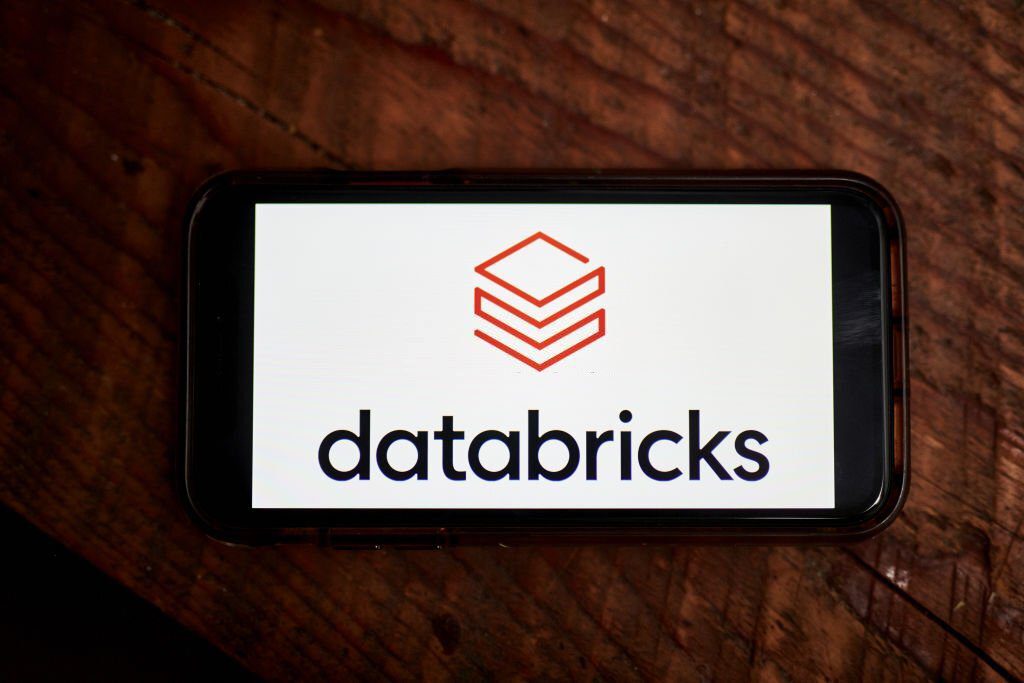In the fast-paced world of technology, innovation, and data are driving forces behind business success. In this digital era, companies that harness the power of data analytics and artificial intelligence (AI) have a significant competitive advantage. One such company that has been at the forefront of this revolution is Databricks. As the buzz around Databricks IPO grows louder, it’s time to dive deep into the details and understand the significance of this momentous event.
Databricks: A Spark of Innovation
Before delving into the IPO, let’s explore what makes Databricks IPO an exceptional company. Founded in 2013 by a group of researchers from the University of California, Berkeley, including Ali Ghodsi, Andy Konwinski, Ion Stoica, Matei Zaharia, Patrick Wendell, Reynold Xin, and Scott Shenker, Databricks was born out of the need for a unified analytics platform that could harness the power of Apache Spark.
Apache Spark is an open-source, distributed computing system that has gained immense popularity in the world of big data analytics due to its speed and versatility. Databricks IPO took Apache Spark and turned it into a user-friendly platform that enables organizations to process vast amounts of data, build AI models, and extract valuable insights, all in one place.
The company’s flagship product, Databricks Unified Analytics Platform, has become a cornerstone for data-driven organizations across various industries, including finance, healthcare, retail, and more. Its cloud-based platform simplifies data engineering, data science, machine learning, and collaborative data analysis, making it an indispensable tool for businesses looking to stay competitive in the data-driven landscape.
The Road to Databricks IPO
Databricks’ journey to IPO has been a remarkable one, marked by continuous innovation and rapid growth. The company’s ability to secure investments and partnerships with leading tech giants, such as Microsoft and Amazon Web Services (AWS), has been a testament to its industry impact. These collaborations have helped Databricks expand its reach and provide seamless integration with popular cloud services.
Databricks IPO has also successfully raised significant capital through various funding rounds. Notable investors include Andreessen Horowitz, New Enterprise Associates, and Coatue Management, among others. These investments have fueled the company’s research and development efforts, allowing it to stay at the forefront of data analytics and AI technology.
Market Opportunity
The data analytics and AI market is poised for substantial growth, and Databricks is well-positioned to capitalize on this opportunity. The company’s platform caters to organizations seeking to extract actionable insights from their data, enabling them to make data-driven decisions swiftly. With the ever-increasing volume of data generated daily, the demand for advanced analytics tools is soaring, and Databricks IPO is meeting that demand head-on.
Databricks’ platform also plays a pivotal role in enabling organizations to leverage machine learning and AI for predictive analysis, automation, and enhanced customer experiences. As businesses across industries recognize the transformative power of AI, Databricks’ market potential continues to expand.
The Significance of Databricks’ IPO
Databricks’ initial public offering (IPO) is a significant milestone for the company and the technology industry as a whole. Here are some key reasons why this IPO is generating so much attention:
- Valuation: Databricks’ IPO is expected to be one of the largest tech IPOs in recent years, with a projected valuation in the tens of billions of dollars. This valuation reflects the company’s impressive growth and market potential.
- Industry Impact: Databricks IPO has played a pivotal role in shaping the data analytics and AI landscape. Its IPO signifies the continued growth and importance of the big data and AI sectors.
- Investment Opportunities: The IPO presents an opportunity for investors to get a stake in a company at the forefront of innovation in data analytics and AI. Many investors are closely watching Databricks’ stock performance as an indicator of market sentiment.
- Competitive Landscape: Databricks IPO faces competition from established tech giants and startups in the data analytics space. Its IPO will test its ability to maintain a competitive edge and continue innovating.
- Innovation and Research: As a publicly traded company, Databricks will have access to additional capital, which can be channeled into research and development, potentially leading to new breakthroughs in data analytics and AI.
How Databricks IPO works
The initial public offering (IPO) of Databricks IPO works as a pivotal step in the company’s journey to becoming a publicly traded entity. Here’s how the process typically unfolds:
1. Pre-IPO Preparations:
- Selecting Underwriters: Databricks, with the assistance of financial advisors, selects investment banks (underwriters) that will help facilitate the IPO process. These underwriters play a crucial role in valuing the company, determining the offering price, and marketing shares to potential investors.
- Financial Disclosures: Databricks is required to provide detailed financial disclosures, including its revenue, profit margins, growth prospects, and risk factors. These disclosures are compiled in a document called the Initial Public Offering (IPO) prospectus.
2. Valuation and Pricing:
- Valuation: Databricks IPO and its underwriters work together to determine the company’s valuation. This involves analyzing financial statements, assessing market conditions, and considering investor demand.
- Offering Price: The offering price per share is set based on the valuation and other market factors. Databricks aims to strike a balance between maximizing the funds raised and ensuring that the stock is attractive to potential investors.
3. Registration with the SEC:
- Databricks IPO files the IPO prospectus with the U.S. Securities and Exchange Commission (SEC), which contains detailed information about the company, its financials, risks, and the offering itself.
- The SEC reviews the prospectus to ensure that it provides investors with adequate information to make informed decisions.
4. Roadshow:
- Before the IPO, Databricks typically conducts a roadshow, where company executives and underwriters meet with potential investors to present the investment opportunity.
- This is an opportunity to generate interest in the IPO and address questions from institutional investors.
5. Offering and Trading:
- On the IPO day, shares of Databricks are offered to the public for the first time. Investors can purchase shares at the offering price through brokerage accounts.
- Once trading begins, Databricks shares are bought and sold on the stock exchange like any other publicly traded company.
- The stock’s price can fluctuate based on supply and demand dynamics, investor sentiment, and broader market conditions.
6. Post-IPO Compliance:
- After the IPO, Databricks IPO becomes a publicly traded company, subject to ongoing reporting and compliance requirements with the SEC and stock exchange rules.
- The company must regularly disclose financial results, material developments, and other information to the public.
7. Investor Relations:
- Databricks establishes an investor relations program to communicate with shareholders and the broader investment community.
- The company conducts earnings calls, issues press releases, and hosts investor meetings to keep shareholders informed.
8. Stock Performance:
- The performance of Databricks’ stock post-IPO is closely monitor by investors, analysts, and the company itself.
- Positive stock performance can attract more investors and contribute to the company’s growth and financial stability.
Challenges and Considerations
While the Databricks IPO offers significant promise, there are also challenges and considerations to keep in mind:
- Market Competition: The data analytics and AI space is highly competitive, with numerous players vying for market share. Databricks will need to continue innovating to stay ahead.
- Regulatory Environment: Data privacy and regulatory concerns are growing. Databricks, like other tech companies, must navigate an evolving regulatory landscape.
- Financial Performance: The success of the IPO will depend on Databricks’ financial performance as a public company. Meeting or exceeding investor expectations will be crucial.
- Tech Talent: Attracting and retaining top tech talent is essential for maintaining the company’s edge in innovation.
Conclusion
Databricks’ IPO is more than just a financial event; it symbolizes the company’s journey from a research project at UC Berkeley to a global leader in data analytics and AI. It underscores the importance of data-driven decision-making in today’s business landscape and the tremendous market potential in this field.
As Databricks IPO goes public, it faces both opportunities and challenges. The company’s ability to navigate the competitive landscape, adapt to evolving regulations, and continue innovating will be closely watched by investors and industry observers.
Whether you’re an investor seeking to capitalize on the data analytics and AI boom or simply interested in the evolution of technology, Databricks’ IPO is an event worth following. It represents a spark of innovation that has the potential to ignite new possibilities in the world of data analytics and artificial intelligence.
































